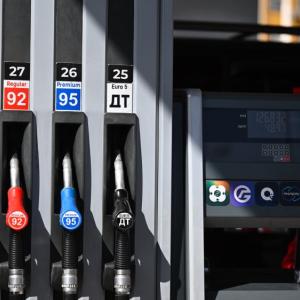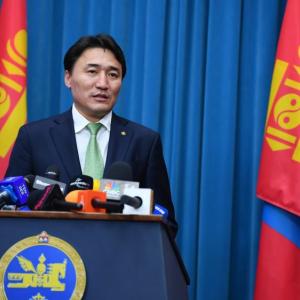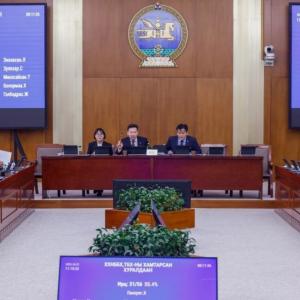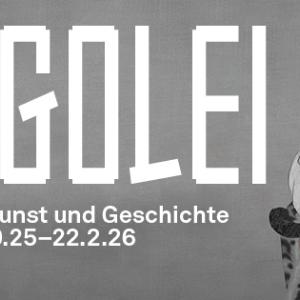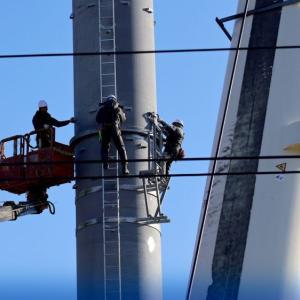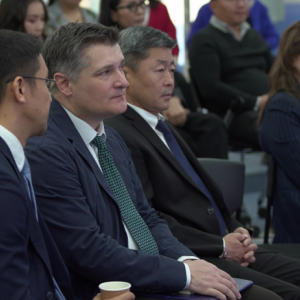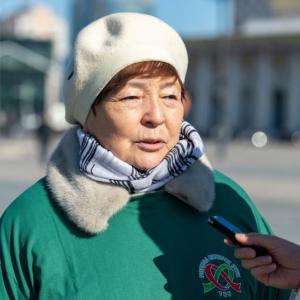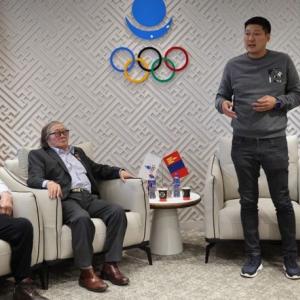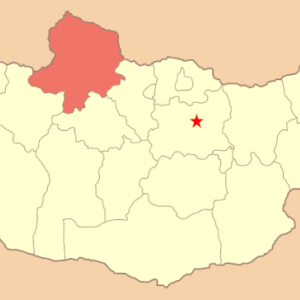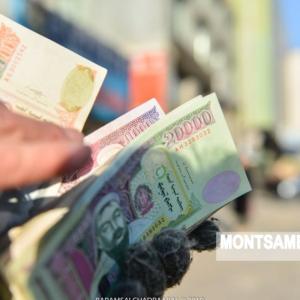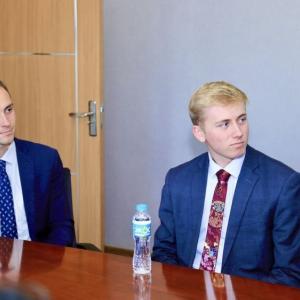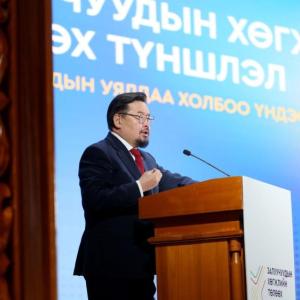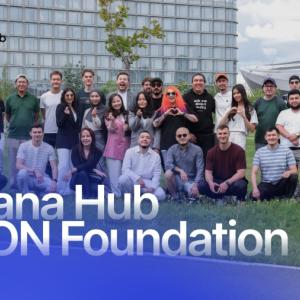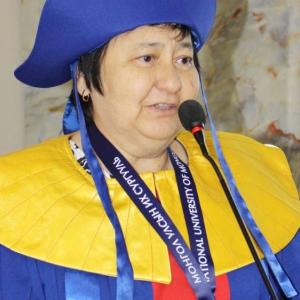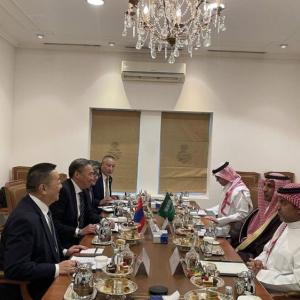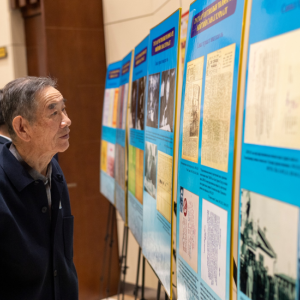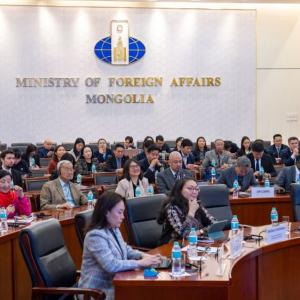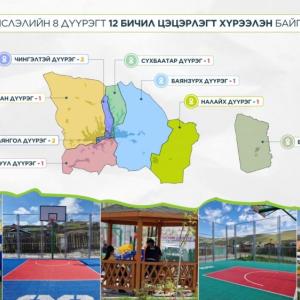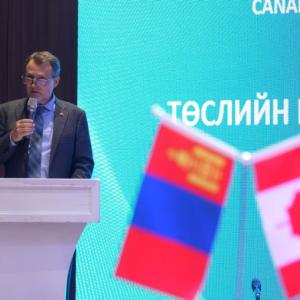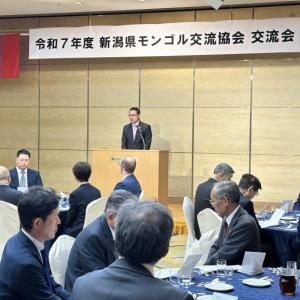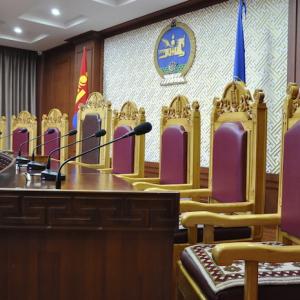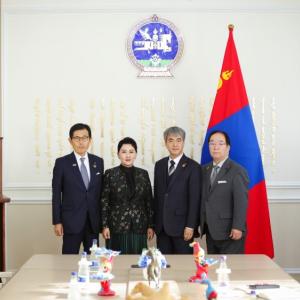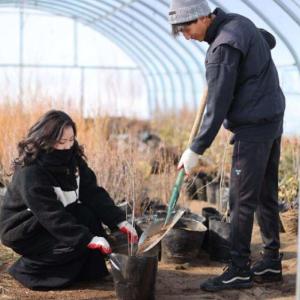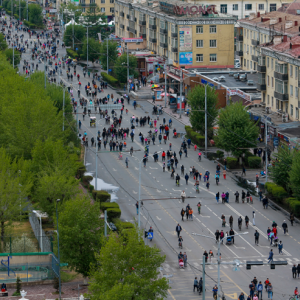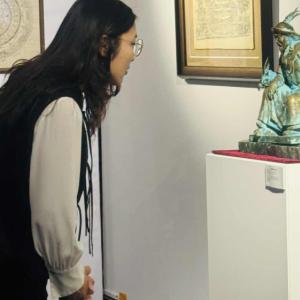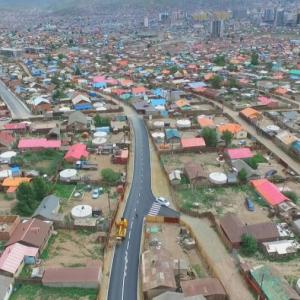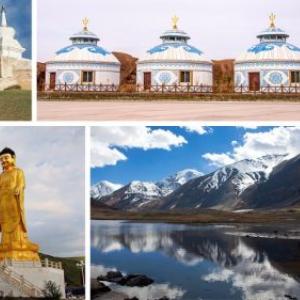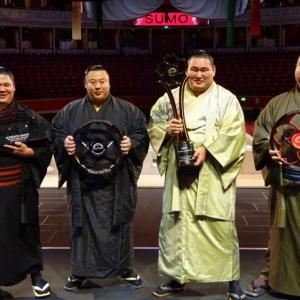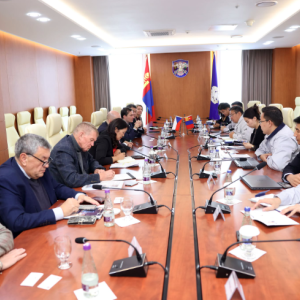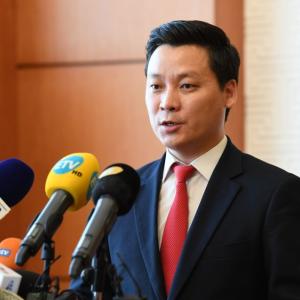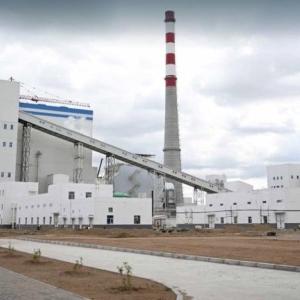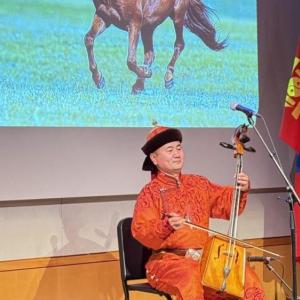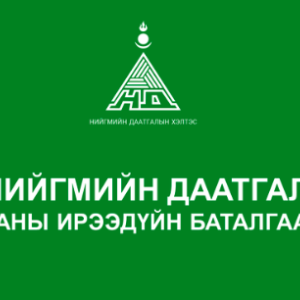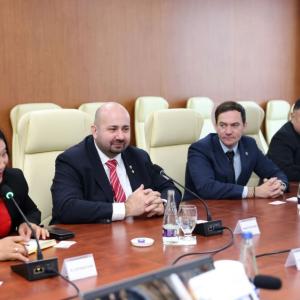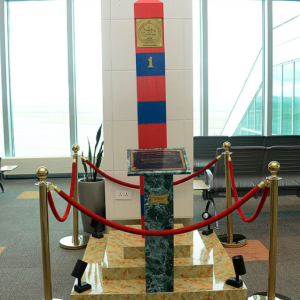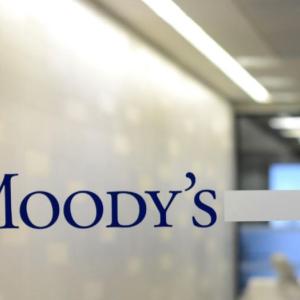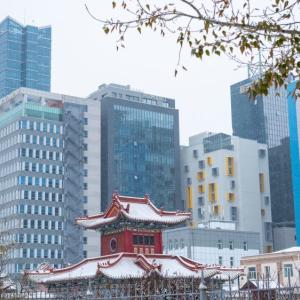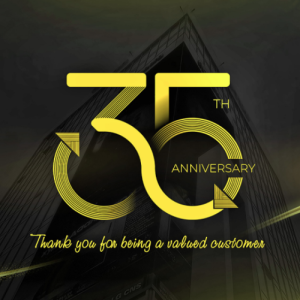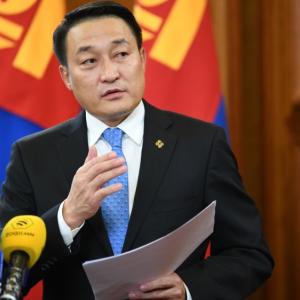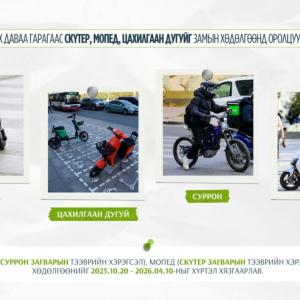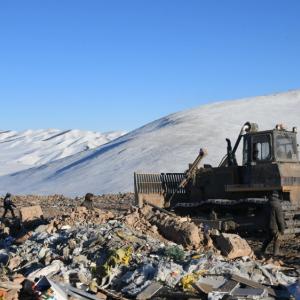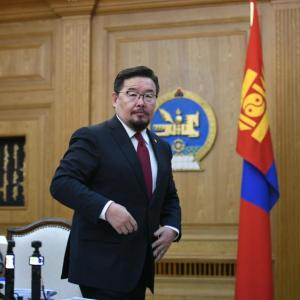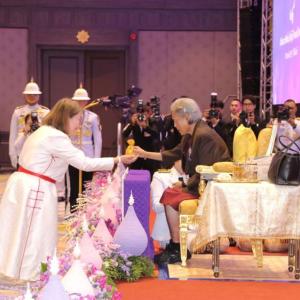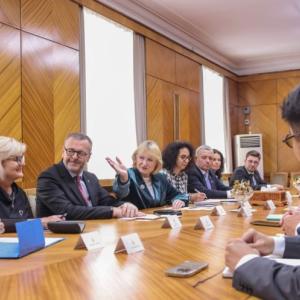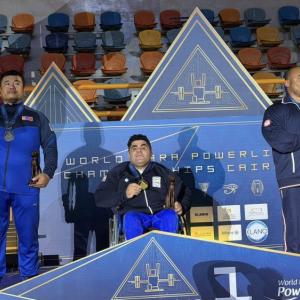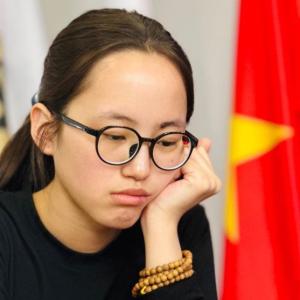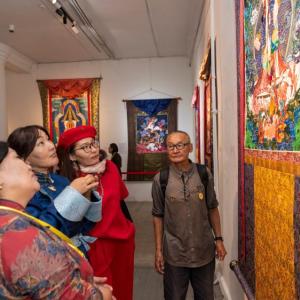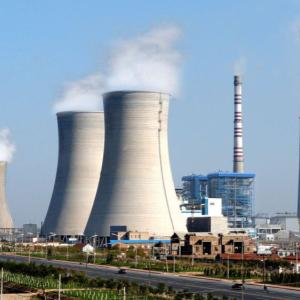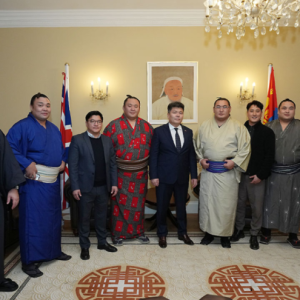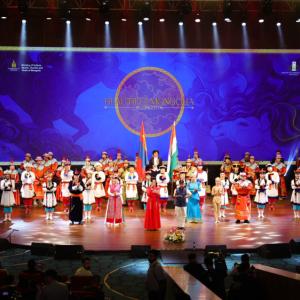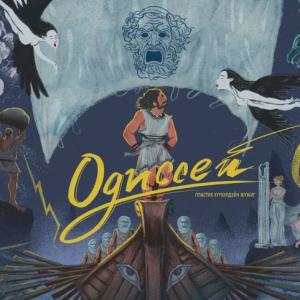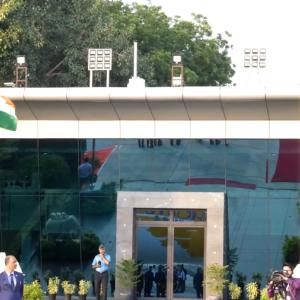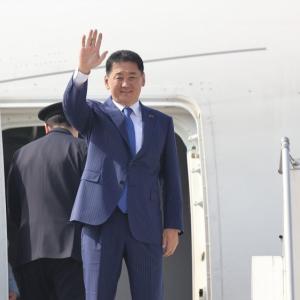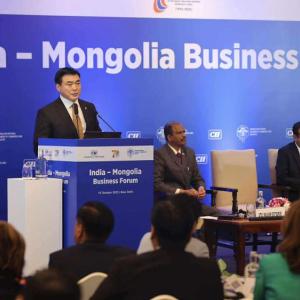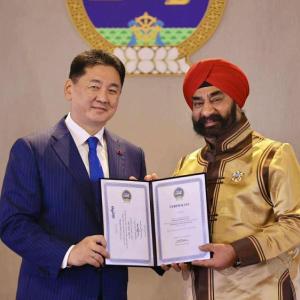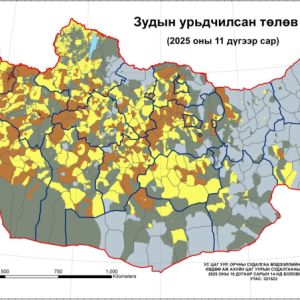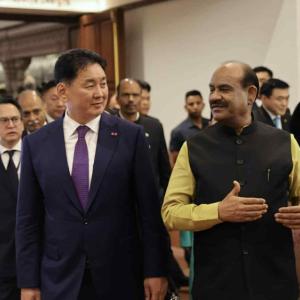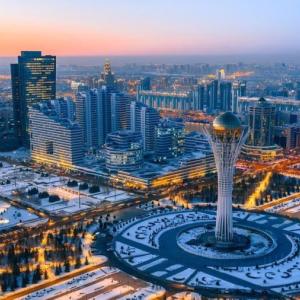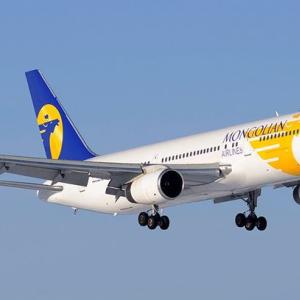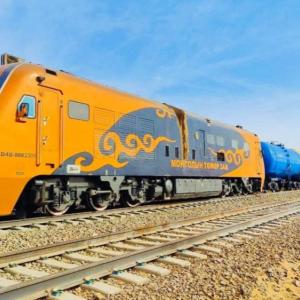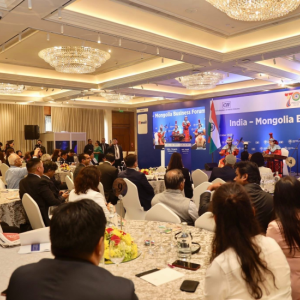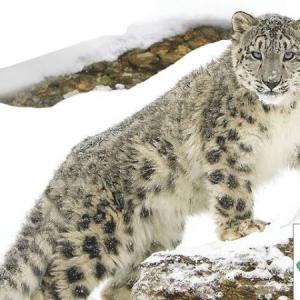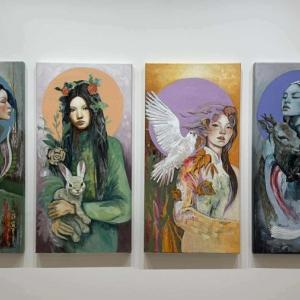Minister D.Tsogtbaatar: Introduction of new political culture required for establishment of wealth fund
The Mongol Messenger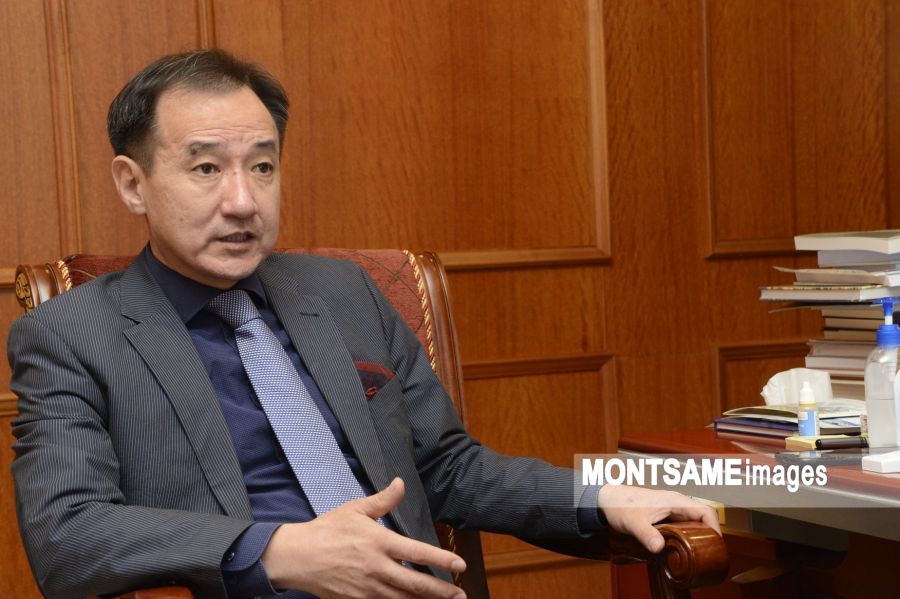
Ulaanbaatar /MONTSAME/.
President of Mongolia Kh.Battulga did a working visit to the Kingdom of Norway
on January 27-28. Minister of Foreign Affairs D.Tsogtbaatar gave an interview
to the MONTSAME News Agency about the results of the visit.
-What were the main
issues discussed during the visit of President Kh.Battulga to Norway?
-The main issues
discussed during the visit was introducing the Norwegian practice of the Wealth
Fund in Mongolia, developing partnership in the agricultural sector, and
developing winter sports. Realizing the matters previously discussed and
organizing mutual high-level visits were also discussed. During the visit, a
consultative meeting was also held between the Foreign Ministries of the two
countries.
-Establishing the
National Wealth Fund has been included in the Constitutional amendments. And
Norway is one of the leading countries in this area?
-The funds of the
Norwegian Wealth Fund reached over USD 1 trillion in 2019. Studying and
introducing the practice of the Norwegian wealth fund in Mongolia have been
discussed for a long time over the years. Therefore, President of Mongolia
Kh.Battulga discussed with Prime Minister of Norway Erna Solberg on realizing
the matters that have been discussed and studied for many years. As a result,
it has been decided for the specialists that were involved in the entirety of
the process of establishing the Norwegian Wealth Fund --from paper to
realization, to visit Mongolia. This issue was also discussed during the
consultative meeting between the two Foreign Ministries, in which the side of
Mongolia expressed readiness to receive the specialists in the near future. We
wish to receive the specialists in the next three months.
-What do you consider
should be highly prioritized in introducing the practice of the Norwegian
Wealth Fund?
-The fund is a
global-level investor. Stocks of companies with the most potential and security
of the world are bought in packs, increasing the funds. However, their policy
is towards sustaining the value of the fund by combating inflation rather than
increasing it. The fund does not make investments domestically. It also does
not participate in risky “games” such as investing in start-up businesses by
assuming its stock price would increase. Norway has a population of 5.5 million
people. If the country’s wealth is allocated to all of its citizens, each
person would receive USD 200 thousand. The election is around the corner for
Mongolia. In our country, all possible promises about using available resources
and opportunities are made during election time. As for Norway, there are no
populist talks about allocating the wealth fund. In this country with a
democratic society and election, the fact that political parties do not make
any promises to the public about distribution from the fund is a valuable
political culture. Therefore, introducing the Wealth Fund in Mongolia would not
simply require a new law and creation of a suitable legal environment but it also
requires introduction of a new political culture.
-Further developing
partnership in the agricultural sector was also discussed during the visit. On
this matter?
-A joint project is
being implemented with the side of Norway to develop the veterinary sector of
Mongolia. In the framework of the project, the Norwegian Veterinary Institute
introduced the results of a study conducted on possibilities of developing the
sector, and pressing issues in Mongolia. There is a certain breed of cattle
called the Norwegian Red cattle, which has a dual purpose of producing beef and
milk. The annual milk production of beef cattle is 6,000 litres, while a milk
cattle is 9,000 litres. This cattle breed is currently domesticated in our
country. However, this must be further continued, increasing the export of milk
and dairy products. To put our meat, milk and dairy products for export,
Mongolia must prioritize the development of the veterinary sector as it would serve
as the base for developing not only the meat and dairy sector, but also
improving the quality of leather as well as various other agriculture-based
industries.
-What kind of agreement
was made on the development of winter sports?
-Despite being one of
the countries with the longest winters, winter sports are not developed well.
As Mongolia has a universality quota for the Olympic Games, the infrastructure
must be developed to train our athletes. Requests for equipment such as ski and
ice skates, coach and instructors, and receiving advice from sports specialists
were supported by the Norwegian side. To create the foundation for developing
winter sports, Norway builds ice rinks at its secondary schools. Discussions on
introducing the practice are currently underway. With this, it creates the
opportunity for children to play in the fresh air and adopt healthy lifestyles
instead of being on their phones cooped up inside their homes. The Norwegian
Prime Minister said, “Would this perhaps be the start for your country to be a
formidable competitor in winter sports?”
-During the President’s
visit, it was agreed to present replicas of artifacts that relate to Mongolia
from the personal collection of Norwegian traveler Oscar Mamen. How many
artifact replicas will be presented to Mongolia?
-In Oslo, Norway,
President Kh.Battulga visited the Norwegian Museum of Cultural History, where
artifacts relating to Mongolia from the private collection of Norwegian
traveler Oscar Mamen were displayed. During his travel and research in Mongolia
in 1912, he captured photos of the history and culture of Mongolians during the
period. Alongside photography, the artifacts included various items used by
Mongolians, from snuff bottles with intricate workmanship to chopsticks. As the
artifacts are not only important heritage to Norway but also Mongolia, it is
highly important to receive the replica.
In general, travelers
and researchers of Scandinavian countries such as Denmark, Sweden, and Norway
frequently traveled to Mongolia in the early 20th century. I assume it was
suitable and easy to adapt for them to travel in our country as the region also
has an extreme continental climate. Maria
Magdolna Tatar and Maria Kartveit who introduced the private collection of
Oscar Mamen, are a mother and daughter who are engaged in Mongol studies--in
other words, it was inherited. During the time when the daughter was presented
with the certificate to study and do research in Mongolia, and the mother was
awarded with the Order of the Polar Star, the kind-hearted, friendly, and
hospitable quality of Mongolians were highlighted alongside curiosity.
-At what level is the
trade and economic partnership between Mongolia and Norway?
-The trade turnover
between the two countries is not as large. Wool, cashmere, and felt boots are
being exported from Mongolia. Quantity is the least concern for exporting
products. Production should be increased once the standards and requirements
are met. On the other hand, if a certain product is manufactured in large
quantities despite not meeting the standards, the opportunity for export would
no longer continue to exist. For a certain period of time, our felt boots were
a trend in Norway. From this, we can see that it is possible to enter a new
market.
-How do you see the
opportunity to develop the economic partnership between the two countries?
-Norway is rich in oil
and natural gas. However, they do not invest in the mining sector. Instead,
they make investments in value-added sectors that do not exist in their
country. The same could be said about Arabs. As the topic of investment was not
brought up during the meetings, I thought that they assume Mongolia to revolve
around mining, and consider it risky for investment due to politicization and
populism around the sector.
Mongolia is interested
in increasing the export of agricultural products. As there is no issue of
discontinuation and limited resources for agricultural products, a suggestion
was put forth to conduct a study on investing in the sector. It is likely for
Norwegians to have not seen an opportunity from this angle. Thus, we should hold
discussions about our available opportunities and resources to promote and
attract investment. Otherwise, there are many other countries to invest aside
from Mongolia. And for this reason, we expressed readiness to support investing
in the agricultural sector, and provide all necessary studies and research. The
side of Norway also expressed that the matter will be studied. I am certain
that relations in various sectors such as politics and economy would further
develop.
Ch.Ariunbold
 Ulaanbaatar
Ulaanbaatar









